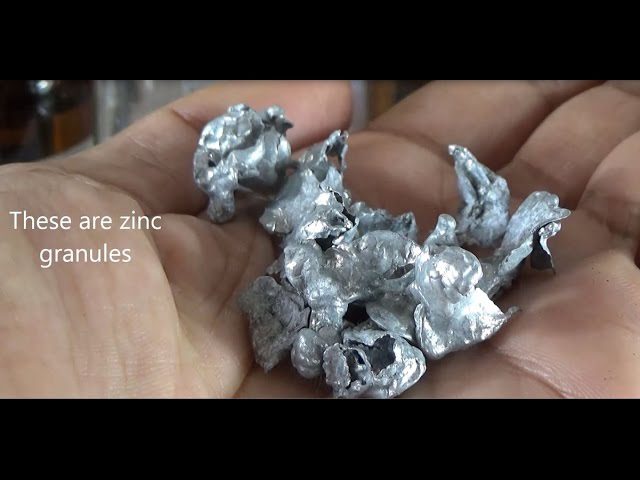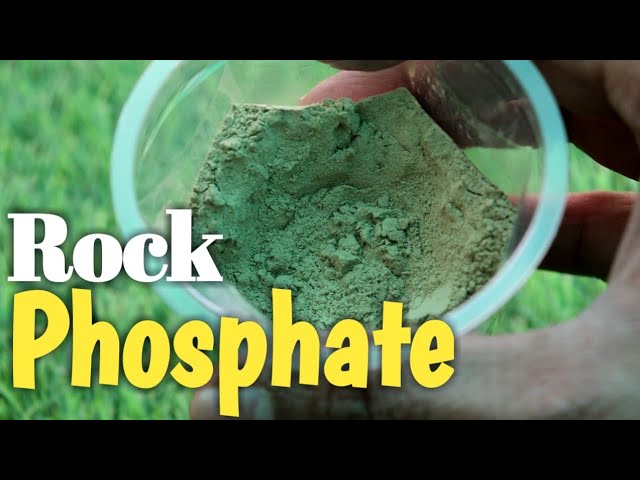The Fascinating World of Sporocarps: A Comprehensive Guide
A sporocarp refers to the fruiting body of various kinds of fungi. Sporocarps play an essential role in the reproduction of fungi as these structures contain spores that ultimately give rise to new individuals. These spores can be dispersed by various means, including wind, water, and animals, including humans.
Fungi and Sporocarps
Fungi are a diverse group of organisms that are found in almost every habitat on Earth. These organisms are different from plants and animals and were once classified as plants. However, differences in their cell structure, reproduction, and metabolism led to their reclassification into a separate kingdom.
Fungi exist in various forms and have different lifestyles. Some fungi are saprophytes, which means they obtain their food by decomposing dead organic matter. Other fungi are parasites, which means they obtain their food by living on or inside another organism.
Regardless of their lifestyle, most fungi produce sporocarps at some point in their life cycle. Sporocarps are often referred to as mushrooms, although this term only applies to the sporocarps of certain fungi species.
Sporocarp Development
Sporocarps develop from a fungal structure called a mycelium, which is a network of tiny threads called hyphae. The mycelium absorbs nutrients from the environment and grows through the substrate on which it is growing.
Once conditions are favorable, the mycelium produces the sporocarp. The sporocarp develops rapidly, and its growth is often triggered by rainfall or changes in temperature. The sporocarp can take various shapes, including flat discs, cups, or the classic mushroom shape.
Sporocarp Functions
The primary function of sporocarps is to produce spores that can give rise to new individuals. Fungi spores are disseminated in various ways, including wind or water. Some fungi use animals, such as insects and mammals, to disseminate their spores.
In some cases, sporocarps also provide a food source for other organisms. For example, many animals rely on fungi for food, and some fungi produce sporocarps that are a tasty meal for humans.
Individuals of different species can differ in their nutritional content. For example, truffles (Tuber melanosporum) are expensive and highly sought after by gourmets worldwide as they add a distinct flavor to dishes. Some fungi, however, produce sporocarps that are poisonous and can be dangerous if ingested.
Sporocarps and the Environment
Sporocarps play an important role in the ecology of various habitats. As decomposers, fungi play a crucial role in nutrient cycling and organic matter decomposition. As a result, fungi help maintain soil fertility and the cycling of carbon and other critical nutrients into the ecosystem.
Additionally, fungi forming mutualistic relationships with other organisms can help provide nutrients and energy in exchange for shelter, protection, or other benefits. One example is the mycorrhizal association between plants and fungi, where fungi colonize a plant’s roots, providing them with nutrients while receiving energy-rich carbon from the plant.
Conclusion
Sporocarps are an essential structure for fungi and play important ecological roles in many habitats. From providing food to aiding in nutrient cycling, sporocarps have contributed to numerous discoveries, including environmentally friendly pest control methods and possible cures to diseases.
While sporocarps may merely be fruiting bodies for fungi, they provide an irreplaceable contribution to numerous ecosystems and the health of the environment as a whole.
Contents
Most searched products:
Does Sephora Support Israel? Answering Your Questions
The Ultimate Guide to Azealic Acid: Benefits, Uses, and Side Effects
How Long Does Glycolic Acid Take to Show Results: Your Ultimate Guide
Discover the Benefits of The Ordinary Botox for Your Skin
The Ultimate Reviews of The Ordinary Peeling Solution
The Ultimate Guide to The Ordinary Colours Foundation: Reviews, Swatches, and Tips
The Perfect Order: When to Use Retinol and Niacinamide in Your Skincare Routine
Unlock Smooth and Supple Skin: Discover the Best Skincare Products for Skin Suppleness
Say Goodbye to B.O with Glycolic Acid Deodorant: The Secret to Long-Lasting Freshness
Exploring the Wonders of The Ordinary Oxford Street: A Complete Guide













